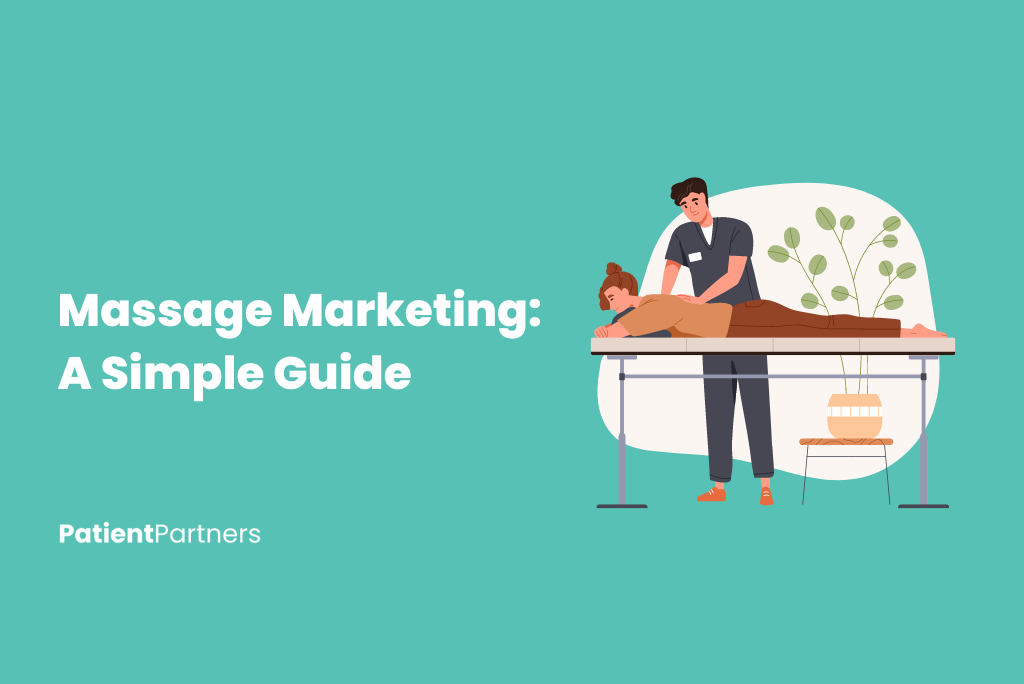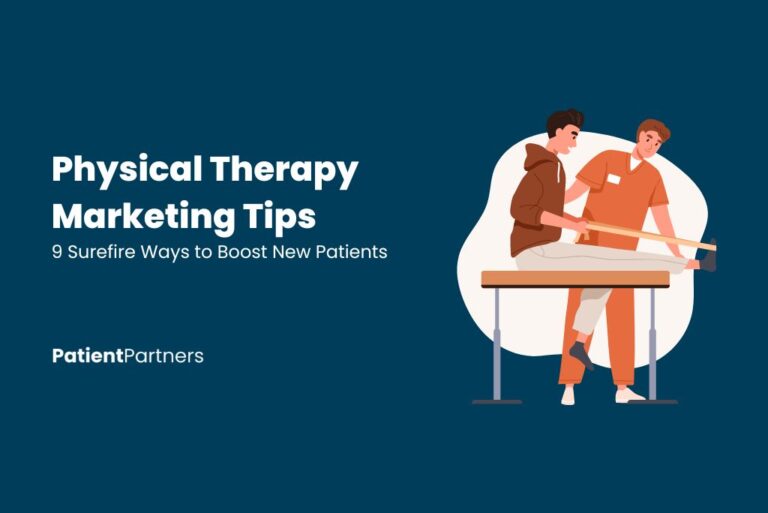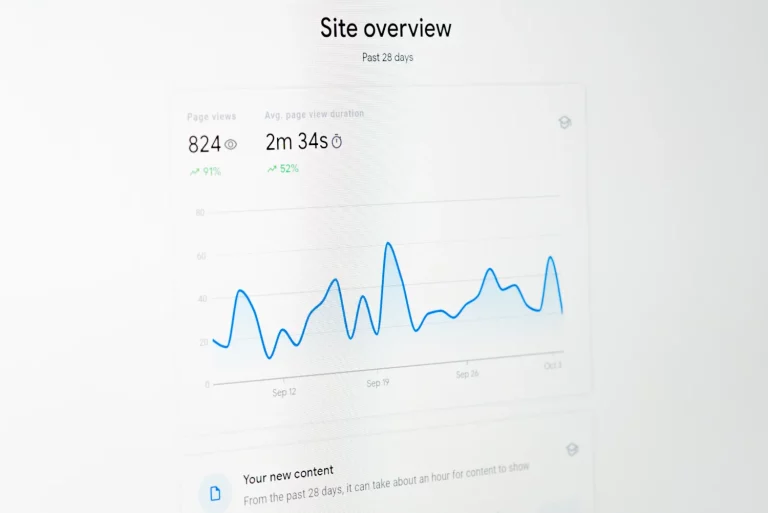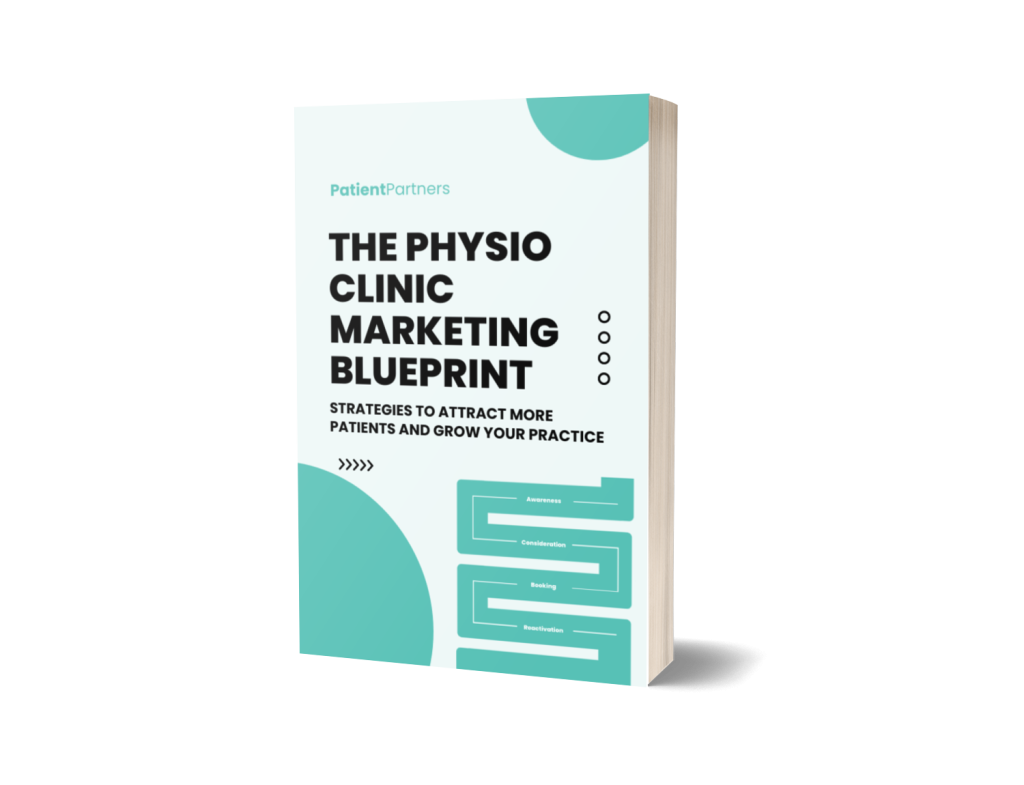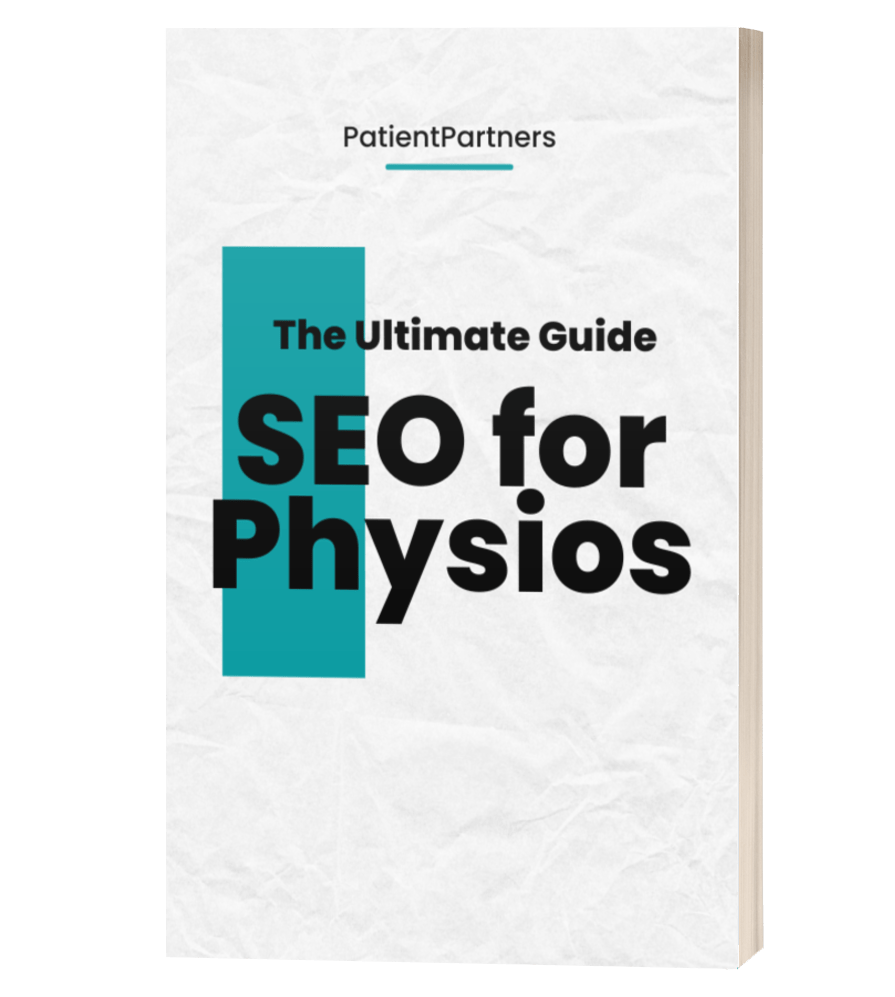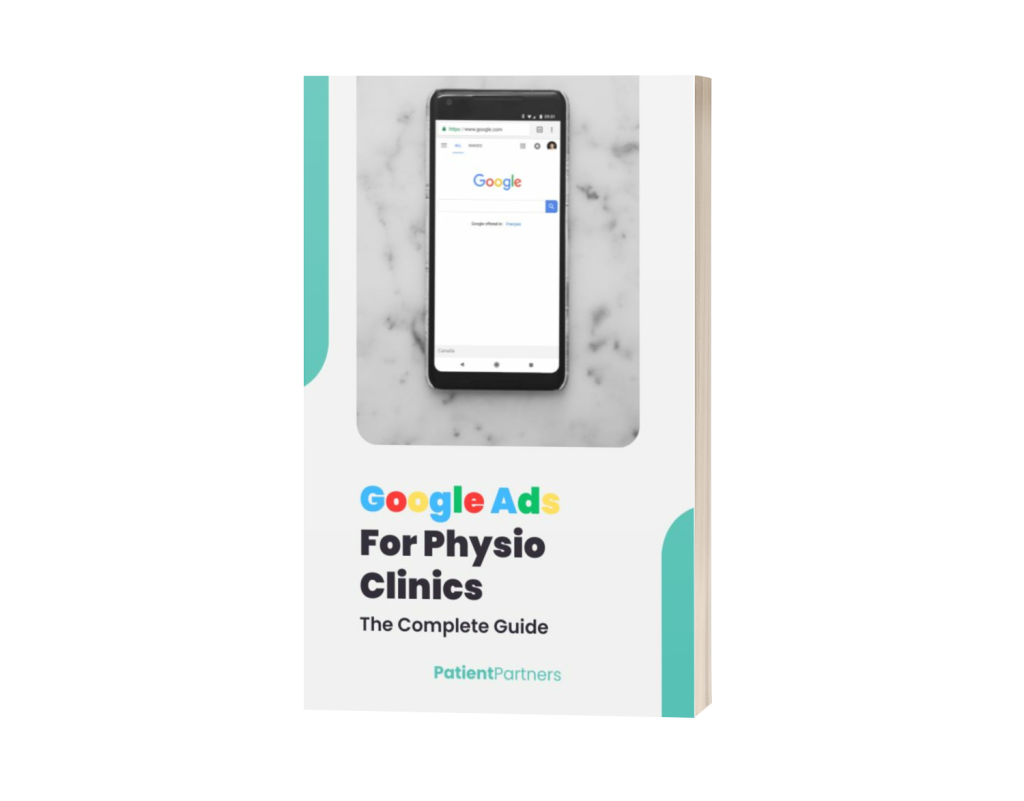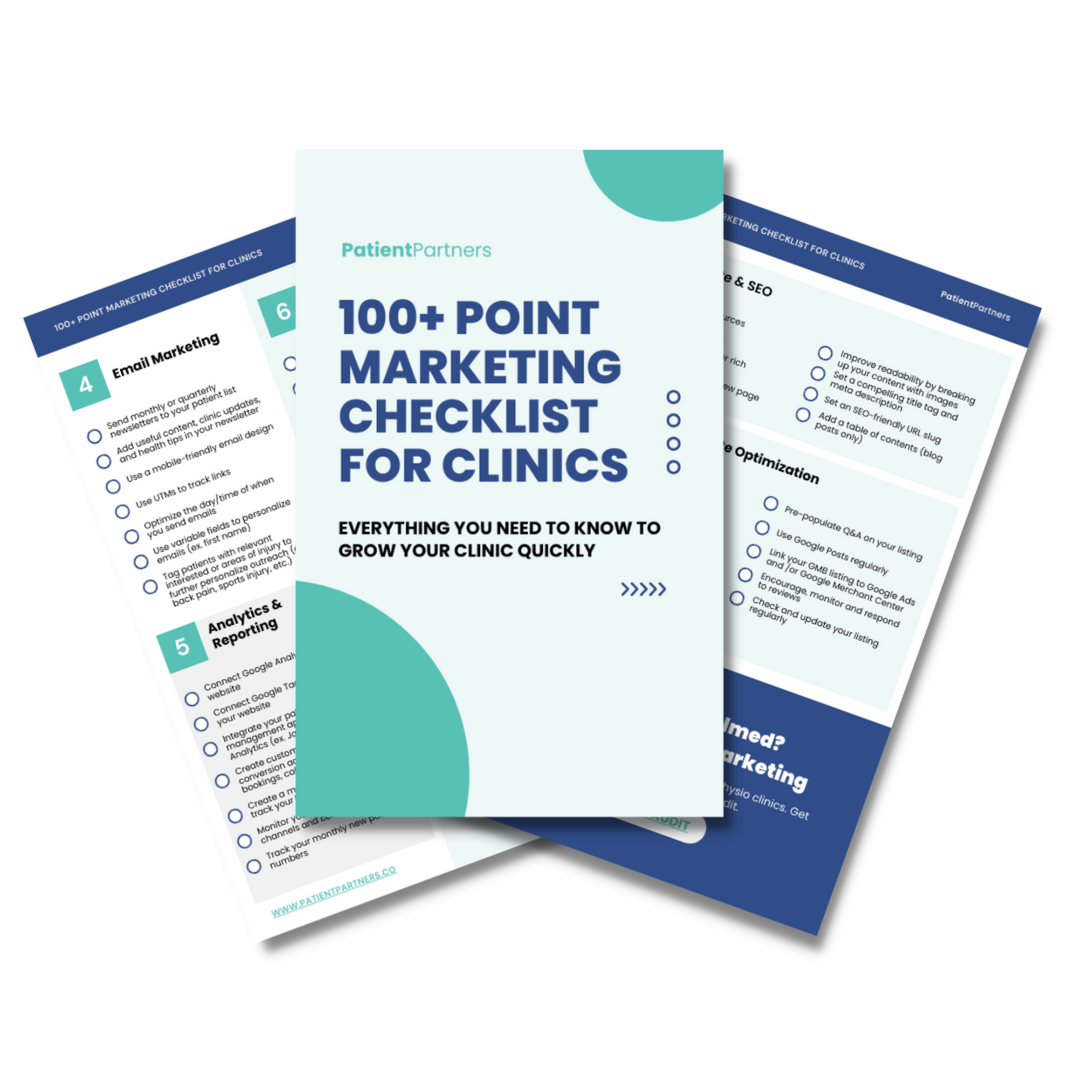Want to grow your massage business? You’re in the right place! This guide will show you how to attract more clients and boost your bookings. We’ll cover simple but powerful marketing tricks that work for massage therapists at any stage.
Your website is the heart of your marketing efforts. It’s where potential clients go to learn about you and your services. Make sure it looks professional and has all the key info people need. But don’t stop there! Email marketing, social media, and even old-school flyers can help spread the word about your amazing massages.
Remember, marketing isn’t just about selling. It’s about building relationships with your clients. When you focus on helping people and solving their problems, the bookings will follow. Ready to take your massage business to the next level? Let’s dive in!
1. Massage Branding 101
Your massage brand sets you apart in a crowded market. It’s how clients recognize and remember you. A strong brand builds trust and loyalty.
Crafting Your Unique Brand Story
Your brand story is the heart of your massage business. Think about why you started and what makes you special. Maybe you focus on sports massage or use special techniques. Share your journey and passion.
Tell clients how you can help them feel better. Use simple words to explain your methods. Paint a picture of the relaxing experience they’ll have.
Your story should be short and easy to remember. Practice telling it in 30 seconds or less. This is your “elevator pitch” – use it everywhere.
Designing an Irresistible Logo
Your logo is the face of your brand. It should be simple and easy to spot. Think about what your massage style represents. Is it calming? Energizing? Your logo should match that feeling.
Colors matter a lot. Blue can mean trust, while green might mean growth. Pick 1-2 main colors for your logo. Make sure it looks good big and small.
Test your logo on business cards and online. Ask friends what they think when they see it. A good logo sticks in people’s minds.
Choosing Your Color Palette: Evoke the Right Feelings
Colors can change how people feel about your brand. Pick ones that fit your massage style. Soft blues and greens often work well for relaxing massages. Brighter colors might be better for energizing treatments.
Use your chosen colors on everything – your website, cards, and signs. This helps people remember you. Don’t use too many colors – it can look messy.
Think about what feelings you want to create:
- Calm: Light blue, soft green
- Energy: Yellow, orange
- Luxury: Purple, gold
- Trust: Navy blue, grey
Pick a main color and 1-2 accent colors. Use them the same way each time. This makes your brand look professional and put-together.
2. Digital Presence: Your Online Handshake
Your online presence is like a virtual massage studio. It’s where potential clients can find you, learn about your services, and decide to book an appointment. A strong digital presence helps you reach more people and grow your business.
Creating a User-Friendly Website
Your website is the heart of your online presence. It’s open 24/7, ready to greet clients when they search for massage services. Make sure it’s easy to use and looks good on all devices.
Include clear info about your services, prices, and how to book. Add photos of your massage space to help clients feel comfortable. Use simple online booking tools so people can easily schedule appointments.
Don’t forget to optimize your site for search engines. This helps you show up when people look for massage therapists in your area. Use keywords like “massage therapy” and your location in your website content.
Navigating the Social Media Massage
Social media is a great way to connect with clients and show off your skills. Pick 1-2 platforms where your ideal clients hang out. Facebook and Instagram are popular choices for massage therapists.
Post regularly about your services, special offers, and massage tips. Share before-and-after stories from happy clients (with their permission). Use eye-catching images and short videos to grab attention.
Engage with your followers by answering questions and commenting on their posts. This builds trust and keeps you top-of-mind when they need a massage.
Email Marketing: The Muscle Behind Retention
Email is a powerful tool for keeping clients coming back. It’s like a gentle tap on the shoulder, reminding them to take care of themselves.
Build an email list by asking clients to sign up when they visit. Send monthly newsletters with massage tips, special offers, and updates about your business. Use their first name in emails to make them feel special.
Try these ideas:
- Birthday discounts
- Seasonal package deals
- Referral rewards
Keep your emails short, friendly, and focused on how you can help. Always include an easy way to book an appointment.
3. Local SEO: Getting Seen in the Neighborhood
Local SEO helps your massage business stand out in nearby searches. It puts you on the map – literally – so potential clients can easily find and choose you.
Google My Business: The Signpost to Your Services
Set up your Google My Business profile. It’s free and powerful. Add your address, phone number, and business hours. Upload photos of your massage space and team.
Ask happy clients to leave reviews. Respond to all reviews, good or bad. This shows you care about customer feedback.
Post updates about specials or new services. Use keywords like “deep tissue massage” or “relaxation techniques” in your posts.
Keep your info current. If you change hours or add services, update your profile right away.
Local Citations: The Bread Crumbs Leading Back to You
Get your business listed in online directories. Start with big ones like Yelp and Yellow Pages. Then add niche directories for health and wellness.
Make sure your name, address, and phone number are the same everywhere. This consistency helps Google trust your info.
Ask local partners to link to your website. A nearby gym or chiropractor could be a great ally.
Create location-specific pages on your website. If you serve multiple areas, make a page for each one. Use local keywords like “massage therapy in [your city].”
Remember, local SEO takes time. But stick with it, and you’ll see more nearby clients finding their way to your massage table.
4. Paid Advertising: The Investment that Massages Your Reach
Paid ads let you target specific clients and boost your visibility fast. You can test different approaches and track results to get the most from your ad spend.
Understanding Ad Platforms: Google, Facebook, and Beyond
Google Ads puts your massage business in front of people actively searching for services like yours. Use keywords like “deep tissue massage” or “sports massage near me” to show up in relevant searches.
Facebook Ads let you target by interests, demographics, and behaviors. You might focus on fitness enthusiasts or stressed professionals in your area.
Instagram is great for showcasing your spa’s ambiance with eye-catching photos and videos. Try carousel ads to highlight different services or before-and-after results.
LinkedIn works well for reaching corporate clients. Promote chair massages for offices or stress-relief packages for executives.
Measuring Ad Success with Analytics
Track key metrics to see what’s working:
- Click-through rate (CTR): Aim for 2% or higher
- Cost per click (CPC): Keep this under $2 for most massage ads
- Conversion rate: 3-5% is good for local services
Use A/B testing to improve your ads. Try different images, headlines, or calls-to-action. Small tweaks can lead to big improvements.
Set up conversion tracking to see which ads lead to bookings. This helps you focus your budget on the most effective campaigns.
Remember, patience is key. It may take time to find the right mix, but the payoff can be huge for your massage business.
5. The Content Creation: Blogging and SEO
Blogging and SEO are key tools for massage therapists to attract clients online. These techniques help you reach more people and show up in search results.
Keyword Research: Finding Your Marketing Trigger Points
Start by finding the right keywords for your massage business. Use tools like Google Keyword Planner to see what people search for. Look for terms like “deep tissue massage” or “sports massage near me.”
Make a list of keywords that fit your services. Include long-tail keywords too, such as “best prenatal massage in [your city].” These are less competitive and can bring in targeted traffic.
Top keyword types to consider:
- Service-specific (Swedish massage, hot stone therapy)
- Location-based (massage therapy in [your area])
- Problem-solving (back pain relief massage)
Engaging Content That Soothes Google’s Algorithm
Write blog posts that answer common questions about massage. Use your keywords naturally in your titles, headings, and throughout the text. Google likes content that helps people, so focus on giving useful info.
Include tips, how-tos, and explanations of massage benefits. For example, “5 Ways Massage Can Boost Your Workout Results” or “The Science Behind Massage for Stress Relief.”
Add images and videos to your posts. This keeps readers on your page longer, which Google sees as a good sign. Remember to use alt text for images with your keywords.
6. Client Experience: The Core of Repeat Business
A great massage experience keeps clients coming back. It’s about more than just the massage itself – it’s the entire journey from booking to follow-up.
Mastering the First Impression
Your client’s experience starts before they even step into your space. Make sure your online presence is welcoming and easy to navigate. Have a user-friendly booking system and clear pricing information.
When clients arrive, greet them warmly. A smile and a friendly “hello” go a long way. Keep your waiting area clean, comfortable, and calming. Soft music and pleasant scents can help set the mood.
Offer a quick tour to new clients. Show them where to change and where the restroom is. This helps them feel at ease in your space.
Tailoring the Customer Journey
Get to know your clients’ needs and preferences. Ask about their reason for visiting and any problem areas. This helps you customize their massage experience.
During the massage, check in about pressure and comfort. Be attentive to nonverbal cues. If a client seems tense, adjust your approach.
After the massage, offer water and a quiet space to relax. Give aftercare tips tailored to their specific needs. This shows you care about their well-being beyond the session.
Consider offering loyalty programs or package deals. These can encourage repeat visits and show appreciation for loyal clients.
Feedback: Listening to the Body Language of Your Business
Ask for feedback after each session. This can be as simple as “How are you feeling?” or “Was there anything you’d like different next time?”
Send follow-up emails a few days after the appointment. Ask how they’re feeling and if they have any questions. This shows you care and opens the door for rebooking.
Encourage online reviews. 84% of people trust online reviews as much as personal recommendations. Make it easy for happy clients to share their experiences.
Pay attention to negative feedback too. It’s a chance to improve your service. Respond promptly and professionally to address any concerns.
7. Building Connections: Networking and Partnerships
Networking and partnerships can supercharge your massage business growth. By connecting with others, you’ll expand your reach and tap into new client pools.
Leveraging Local Businesses and Events
Look for local businesses that align with your services. Gyms, spas, and health food stores are great starting points. Offer to leave your business cards or flyers at their locations. In return, promote their services to your clients.
Attend community events like health fairs or farmers markets. Set up a booth to offer quick chair massages. This gives people a taste of your skills and helps you meet potential clients face-to-face.
Join your local chamber of commerce. Their events let you mingle with other business owners. You might find a yoga studio owner looking to add massage services, or a chiropractor seeking a referral partner.
Collaborating with Wellness Professionals
Team up with other health pros to create a referral network. Reach out to physical therapists, acupuncturists, and nutritionists. When you refer clients to each other, everyone wins.
Host joint workshops or classes. You could team up with a yoga instructor for a “Yoga and Massage” event. This introduces you to their client base and showcases your expertise.
Consider renting space in a wellness center. Being around other health professionals daily can lead to natural partnerships and client referrals.
Remember, networking is about building real relationships. Focus on how you can help others, not just what you can gain. With time and effort, you’ll create a web of connections that brings new clients to your door.
8. Community Outreach: Healing Hands Beyond the Massage Table
Massage therapists can boost their practice and help others by reaching out to their local community. Getting involved allows you to showcase your skills and make meaningful connections.
Volunteering and Sponsorships
Offer free chair massages at charity events or retirement homes. This lets you practice your craft while helping those in need. You could also sponsor a local sports team by providing post-game massages.
Look for opportunities at health fairs or community festivals. Set up a booth and give quick demos to introduce people to massage benefits. This hands-on approach can attract new clients.
Consider partnering with a nearby gym or yoga studio. Offer member discounts or free mini-sessions. This cross-promotion can expand your client base and build relationships with other wellness professionals.
Hosting Wellness Events and Workshops
Plan a “Massage 101” class at your local library or community center. Teach simple techniques people can use at home. This positions you as an expert and builds trust with potential clients.
Organize a stress-relief workshop for office workers. Focus on desk stretches and self-massage tips. You’ll help people feel better and showcase your knowledge.
Host a “Couples Massage Night” at your practice. Teach partners how to give each other relaxing massages. This fun event can lead to bookings for full couple’s massages later.
Team up with other wellness pros for a holistic health fair. Invite nutritionists, yoga teachers, and aromatherapists. You’ll create a well-rounded event that attracts more people.
9. Evaluation and Adaptation: Keeping Your Marketing Limber
Staying flexible with your massage marketing is key to long-term success. You’ll need to keep a close eye on what’s working and be ready to shift gears when needed.
Tracking the Right Metrics
Focus on numbers that truly matter for your massage business. Track new client bookings, repeat appointments, and revenue per treatment. Use tools like Google Analytics to see which pages on your website get the most views.
Keep an eye on your social media engagement too. Look at likes, comments, and shares to gauge what content resonates with your audience.
Don’t forget about client feedback. Send short surveys after appointments to get real insights. This direct input can be gold for improving your services and marketing.
Adapting Strategies for Sustained Growth
Be ready to pivot when you spot new trends or opportunities. Did a particular promotion bring in lots of new clients? Consider running it again with a fresh twist.
Try A/B testing your email subject lines or social media posts. See which versions get better open rates or more clicks. Use these insights to refine your messaging.
Stay open to new marketing channels. If your clients are flocking to a new social platform, it might be time to establish a presence there.
Remember, what worked last year might not work as well now. Keep experimenting with new ideas while building on your proven successes.

